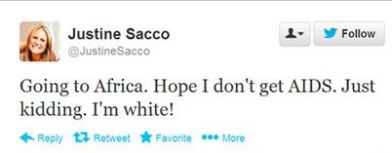 Here in the United States, OSHA holds employers legally responsible for providing a safe and healthful workplace. At the same time, under the Americans with Disabilities Act (ADA), emotional and mental illnesses are protected disabilities. The act prohibits employers from discriminating against individuals who suffer from a mental illness, including those psychiatric disorders which may trigger dangerous behaviors. It also makes it illegal for employers to ask job applicants or existing employees if they suffer from a mental or emotional illness.
Here in the United States, OSHA holds employers legally responsible for providing a safe and healthful workplace. At the same time, under the Americans with Disabilities Act (ADA), emotional and mental illnesses are protected disabilities. The act prohibits employers from discriminating against individuals who suffer from a mental illness, including those psychiatric disorders which may trigger dangerous behaviors. It also makes it illegal for employers to ask job applicants or existing employees if they suffer from a mental or emotional illness.
In her article “Defuse Workplace Violence” (HR Magazine, November 2013), Barbara Holey suggests one solution to this Catch-22 dilemma. If an employer has good reason to suspect that an employee poses a potential danger in the workplace, he can order a fitness-for-duty evaluation (FFD).
According to Psychiatrist Stephen Raffle, Independent Fitness for Duty Evaluations may be conducted “at the employer’s discretion and are permitted because of the employer’s need to maintain a safe workplace.” The ADA allows such an evaluation provided that the employer can show that it is job-related and is “consistent with business necessity.” Raffle recommends that employers seek out a psychiatrist who is familiar with the employee’s rights under the Americans with Disabilities Act.
Of course, not all mentally ill people are dangerous. Far from it. And often times it’s not the employee who is obviously grappling with some mental or emotional problem, but the calm-on-the-outside, seemingly stable employee (or ex-employee) who loses it one day and attacks his boss or co-workers. The fitness-for-duty evaluation should never be treated lightly nor ordered without good cause. But if you are legitimately concerned that an employee may pose a real danger to your workplace, it may be your best way out of the OSHA-ADA Catch-22.
